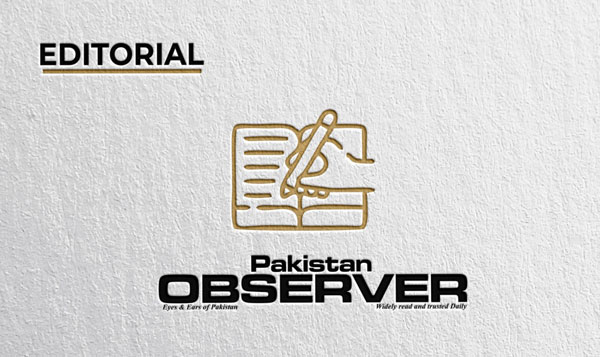THE declaration of an emergency in Lahore and Multan due to the alarming levels of smog, along with the imposition of a complete lockdown from Fridays to Sundays and other measures, including forestation efforts, represents a significant step by the Punjab government in addressing the environmental crisis. The severity of the situation, marked by an AQI surpassing 2,000 in Multan, underscored the urgent need for decisive action. While this lockdown may cause temporary disruptions, it is a necessary measure to mitigate the health risks posed by the hazardous air quality which has become a regular feature of the winter season in Punjab.
The comprehensive set of restrictions, including the suspension of construction activities, the closure of schools and the curtailment in office attendance, indicates the government’s acknowledgment of the gravity of the smog crisis. By implementing these measures, the provincial government is prioritizing public health and safety, as the toxic air has been linked to a range of respiratory issues and other health complications. Additionally, long-term approach by Punjab government, particularly its focus on forestation and other ecological restoration projects, offers hope for combating smog in the years to come. Afforestation efforts not only help absorb carbon emissions but also provide a sustainable solution to curbing the pollutants that cause smog. Whilst we commend these steps, a multi-faceted approach that tackles pollution from all sectors—agriculture, industry and transportation—will be required to effectively address the smog crisis and safeguard public health. It is imperative that the government takes more aggressive steps to halt crop burning. While incentives for farmers to adopt more sustainable farming practices are essential, stronger legislative action is needed. A law that imposes strict penalties for crop burning will be a crucial step in the right direction. It is equally important to raise awareness among farmers about the long-term environmental and health risks of crop burning. In addition, providing them with viable alternatives can help shift attitudes and encourage the adoption of more sustainable agricultural methods. Only through a combination of regulation, awareness and support can we hope to effectively curb crop burning and mitigate its contribution to the smog crisis.










